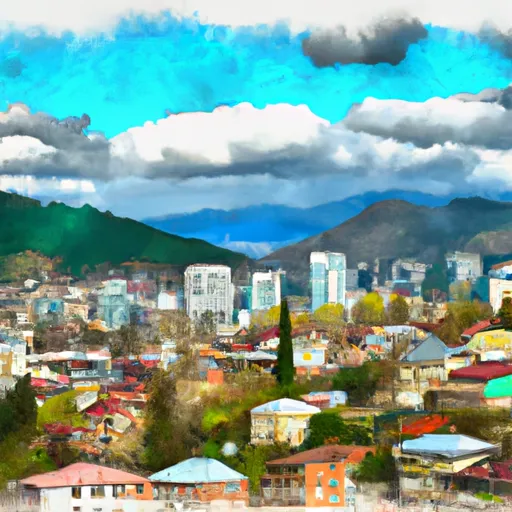°F
°F
mph
Windspeed
%
Humidity











Mountain-City, Georgia is a charming town nestled in the Blue Ridge Mountains. Known for its breathtaking scenery, the town experiences a moderate climate with cool summers and mild winters. Temperatures range from an average high of 85°F in the summer to a low of 32°F in the winter, making it an ideal destination for outdoor enthusiasts year-round.
Hydrologically, Mountain-City is blessed with abundant water resources. The town is home to numerous pristine lakes, rivers, and streams, making it a haven for fishing, boating, and water-based activities. The Toccoa River, in particular, is a popular destination for fly fishing and kayaking.
Outdoor recreation opportunities abound in Mountain-City. The surrounding mountains offer an array of hiking and biking trails, providing breathtaking views of the landscape and opportunities for wildlife spotting. The Chattahoochee National Forest, located nearby, provides additional recreational options such as camping, picnicking, and hunting.
In conclusion, Mountain-City, Georgia offers a moderate climate, abundant water resources, and a plethora of outdoor recreation opportunities. Whether exploring the trails, fishing in pristine waters, or simply enjoying the scenic beauty, this charming town is a paradise for nature lovers.
Weather Forecast
Mountain-City receives approximately 1790mm of rain per year, with humidity levels near 76% and air temperatures averaging around 13°C. Mountain-City has a plant hardyness factor of 7, meaning plants and agriculture in this region tend to thrive during the non-winter months.
Regional Streamflow Levels
310
Cubic Feet Per Second
143
Cubic Feet Per Second
17
Cubic Feet Per Second
10
Cubic Feet Per Second
Nearby Camping
| Camping Area | Reservations | Toilets | Showers |
|---|---|---|---|
| Parks Ferry | |||
| Oconee Springs County Park | |||
| Lake Yonah County Park | |||
| Lake Sinclair | |||
| Lake Russell | |||
| Oconee River |



